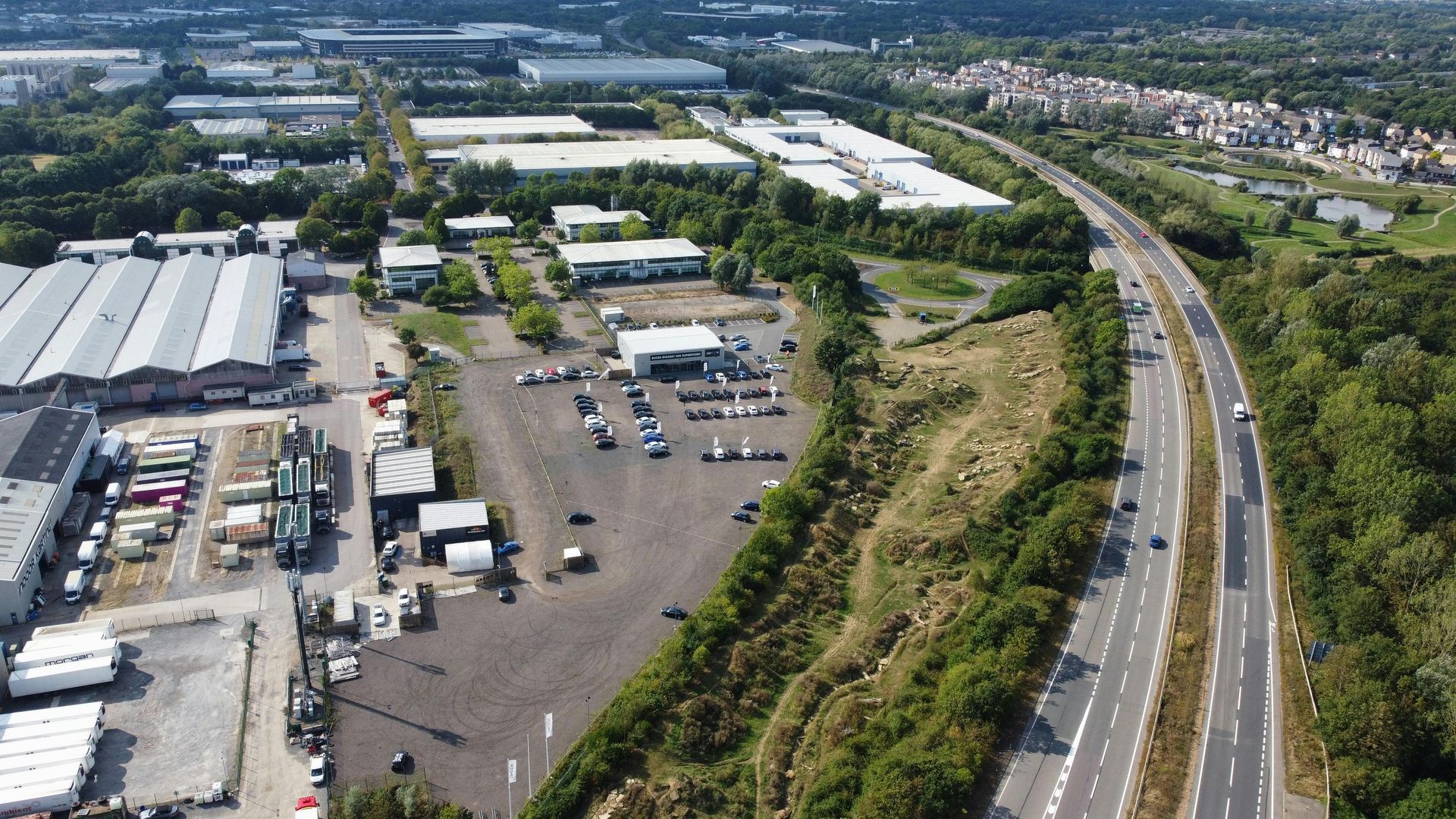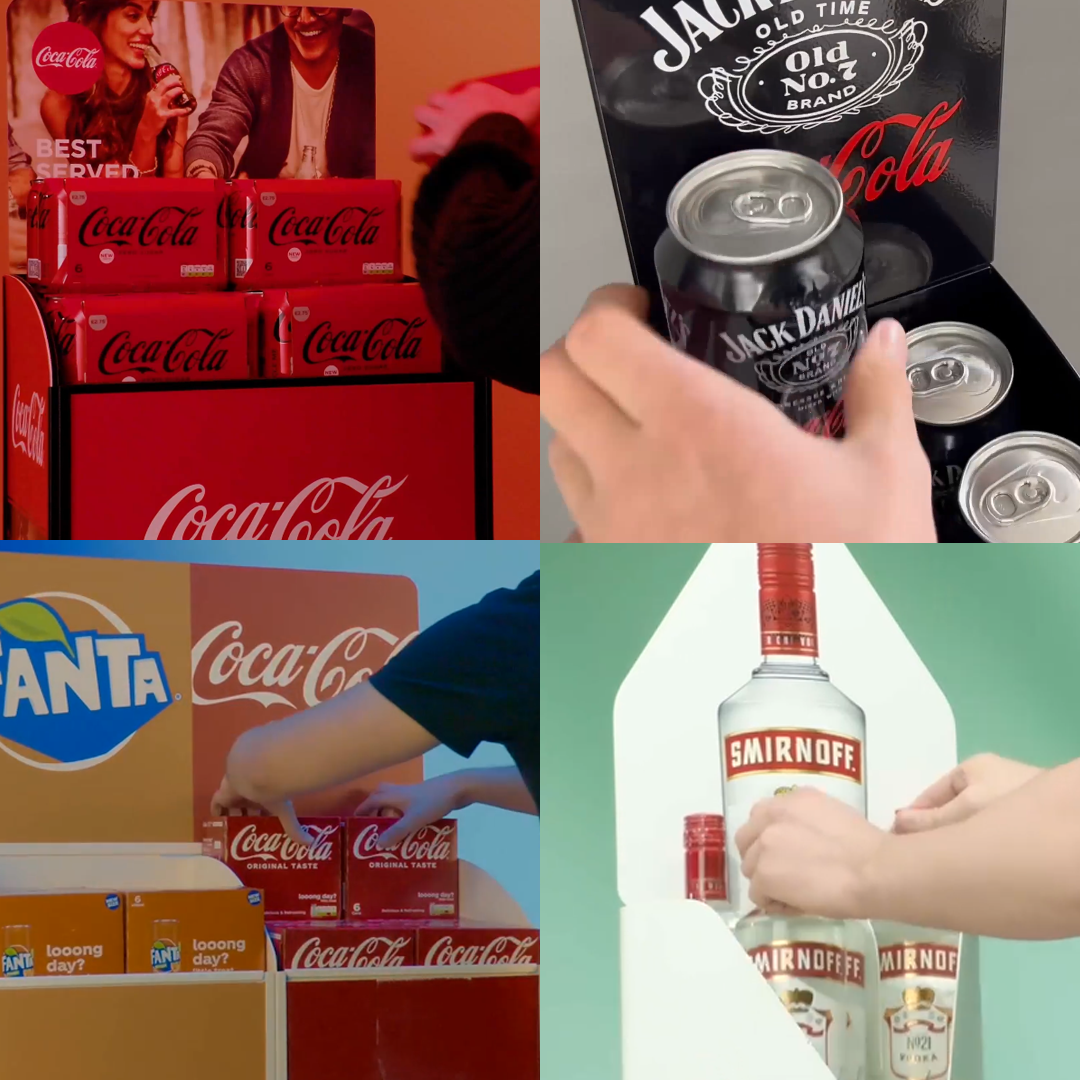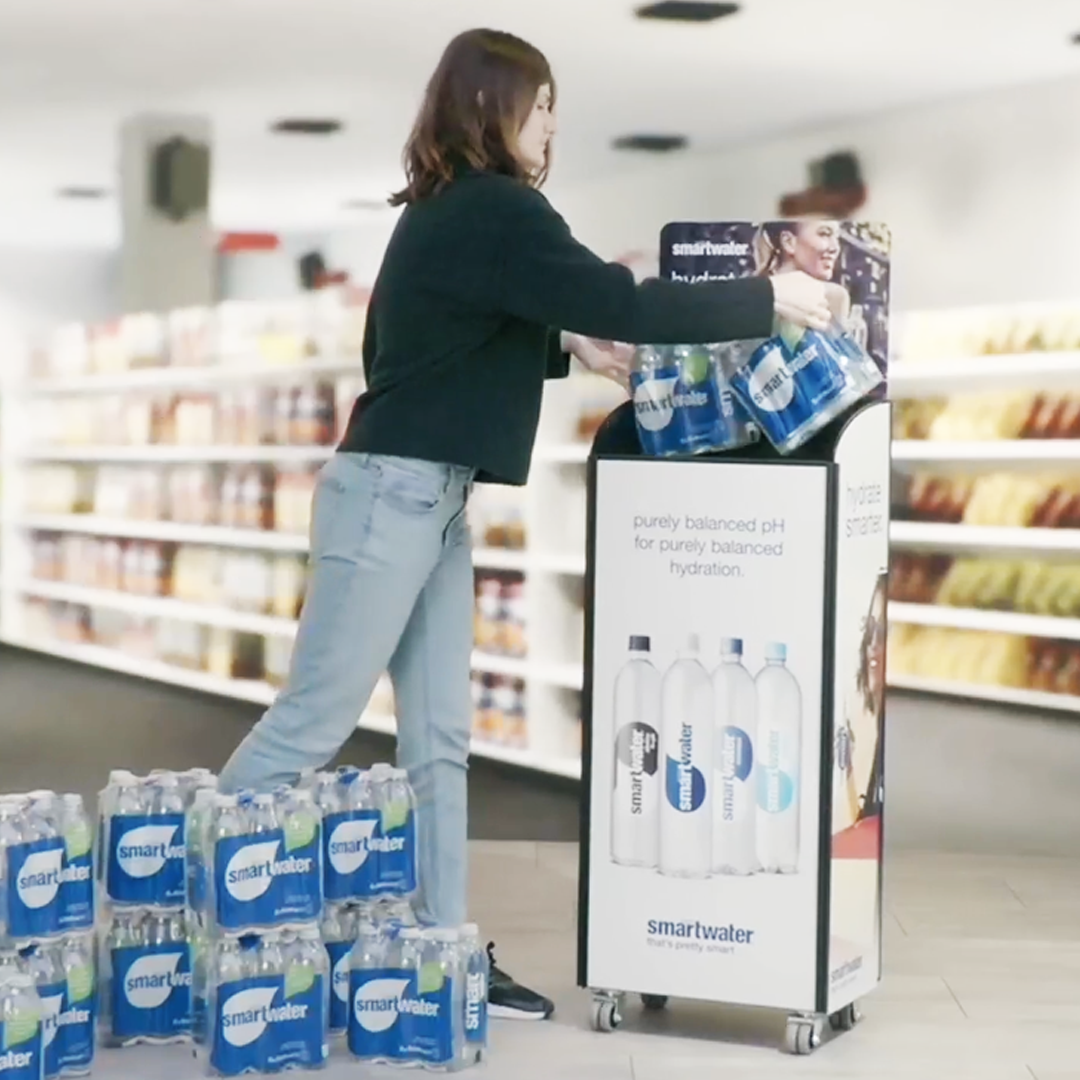The Challenges of In-Store Compliance & Sustainability – Part 1
The Challenges of In-Store Compliance & Sustainability (Part 1)
In an era where global brands grapple with the complexities of in-store marketing execution, the retail landscape has undergone a seismic shift. Supply chain disruptions, rising costs, and evolving consumer behaviours have forced retailers to rethink traditional strategies. Even the seemingly simple task of distributing marketing campaigns to stores has become a formidable challenge.
Consumer expectations have soared, and the retail industry is struggling to keep pace. From seamless omnichannel experiences to personalised in-store interactions, customers demand more than ever. As brands navigate supply chain hurdles and economic uncertainties, the ability to effectively execute in-store marketing campaigns has become a critical differentiator.
The retail industry stands at a crossroads. While challenges abound, there lies a significant opportunity for brands to innovate and captivate consumers. By optimising in-store marketing distribution and execution, retailers can drive sales, enhance brand loyalty, and future-proof their businesses.

The Challenges of In-Store Compliance & Sustainability
In-store compliance, at its core, is the process of ensuring that retail displays and materials are placed correctly, maintained properly, and removed on time. It’s a complex task that involves multiple stakeholders, from brand marketers to retail store associates. While seemingly straightforward, the nuances of in-store compliance can significantly impact a brand’s marketing efforts and overall sales.
Defining Compliance
When we delve deeper into the concept of compliance, we realise it encompasses far more than simply getting a display into a store. It involves a series of critical factors:
- Correct Placement: Ensuring the display is not just in the store but positioned in the agreed-upon location, maximising visibility and impact.
- Timely Installation: Delivering and installing displays on schedule to capitalise on peak sales periods.
- Duration Adherence: Maintaining the display for the specified duration, neither too short nor too long.
- Proper Stocking: Keeping the display fully stocked with products to drive sales.
- Functional Integrity: Verifying that any interactive or digital elements of the display are working correctly.
- Accurate Pricing: Ensuring that products displayed are priced correctly.
POPAI UK & Ireland published a 'Compliance & Sustainability Report' in 2024 which gathered industry insights through a series of online questionnaires and face-to-face interviews. They then canvassed brands, retailers and installation companies across a wide range of product categories to gain invaluable insights into compliance.
There were some serious issues, some said their estates are too big to accurately audit, meaning they need to rely on snapshots of store visits. Others told the report that the experience of cumulative years of store visits has given them a reasonable understanding of compliance levels. So despite these issues, brands and retailers were still able to arrive at installation estimates for both temporary and permanent displays. Collectively 38% of brands and retailers believed that temporary display compliance was as high as 80% to 99%, but a further 46% said it was likely to be between 60% to 79%. The remainder said it was either lower or they did not know.
However, even some of those who provided these figures said that depending on the display type or the retailer, the figures could vary from as high as 90% compliance to as low as 30%.
The report highlighted 72% of brands knew that temporary P-O-P displays had actually placed in stores with only 50% of retailers knowing that their displays had been placed. What impact to the brand sales if 50% of their promotional displays weren't actually placed within the store over the campaign period?
The Persistent Challenge
Despite its importance, achieving consistent in-store compliance remains a formidable challenge for many brands. Even with advanced technologies and sophisticated strategies, maintaining compliance across a vast network of retail stores can be daunting. A significant reason for this is the sheer number of variables involved, including:
- Human Error: Mistakes can occur at various stages, from order processing to the final in-store execution.
- Store-Level Variability: Different stores may have unique layouts, staffing levels, and priorities, making it difficult to enforce standardised procedures.
- Supply Chain Disruptions: Delays in shipping or production can impact delivery timelines and compliance.
- Retailer Priorities: Retailers may have competing priorities, such as managing inventory or merchandising other brands, which can affect the attention given to specific displays.
A Growing Emphasis on Sustainability
In recent years, sustainability has emerged as a critical concern for both brands and consumers. As a result, in-store compliance practices must evolve to incorporate eco-friendly considerations. This includes minimising waste from discarded displays, optimising packaging materials, and promoting sustainable sourcing.

By prioritising sustainability in their compliance efforts, brands can not only reduce their environmental impact but also enhance their reputation and attract environmentally conscious consumers.
As the retail landscape continues to evolve, the importance of in-store compliance and sustainability will only grow. By addressing these challenges head-on and adopting innovative solutions, brands can maximise their marketing investments and drive long-term success.
Unfortunately, a significant amount of temporary point-of-purchase (POP) material often doesn't reach store floors, leading to unnecessary waste and financial loss. While some is recycled, much ends up in landfills. Excess ordering, a common practice to ensure maximum placement, further contributes to this problem.
Although the industry has shifted towards more eco-friendly display designs, this alone hasn't significantly improved compliance. Few brands prioritise easy recyclability as a key factor in the compliance equation, and there's no consensus on whether sustainable displays are more likely to be placed in stores.
Blog contribution in collaboration with Steve Lister Sustainability Consultant to Global Brands & Retailers















